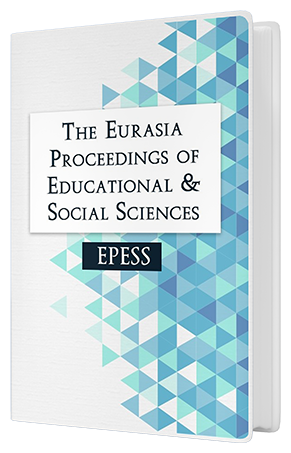Comparison of the Multiannual Financial Frameworks in the European Union and its Hungarian Aspects
DOI:
https://doi.org/10.55549/epess.1222728Keywords:
EU, Budgeting, Crisis managementAbstract
The long-term viability of the European Union depends not only on well-defined goals, but also on the financial means behind them. Integration can achieve greater success in areas that nation states would otherwise not be able to do effectively enough on their own. Examples include sustainability and strengthening international competitiveness. There are therefore some tasks that can be more successfully achieved at Community level, but they would require adequate financial support. The EU itself has an annual budget, but even more interesting is the so-called Multiannual Financial Framework, which sets out not only the financial possibilities but also the prevailing economic strategic orientations. Some areas are given priority, while others have to be diverted. Budgeting in this way is a continuous series of choices and dilemmas, which are not easy decisions for the decision-maker. The present study aims to compare the structure of the two most recent Multiannual Financial Frameworks and focuses on Hungary's share of each heading. The study will hopefully make it clear that EU funding is a complex issue and that planning an appropriate budget is not as simple as one might first think.Downloads
Published
Issue
Section
License
Copyright (c) 2022 The Eurasia Proceedings of Educational and Social Sciences

This work is licensed under a Creative Commons Attribution-NonCommercial-ShareAlike 4.0 International License.
The articles may be used for research, teaching, and private study purposes. Any substantial or systematic reproduction, redistribution, reselling, loan, sub-licensing, systematic supply, or distribution in any form to anyone is expressly forbidden. Authors alone are responsible for the contents of their articles. The journal owns the copyright of the articles. The publisher shall not be liable for any loss, actions, claims, proceedings, demand, or costs or damages whatsoever or howsoever caused arising directly or indirectly in connection with or arising out of the use of the research material. All authors are requested to disclose any actual or potential conflict of interest including any financial, personal or other relationships with other people or organizations regarding the submitted work.




